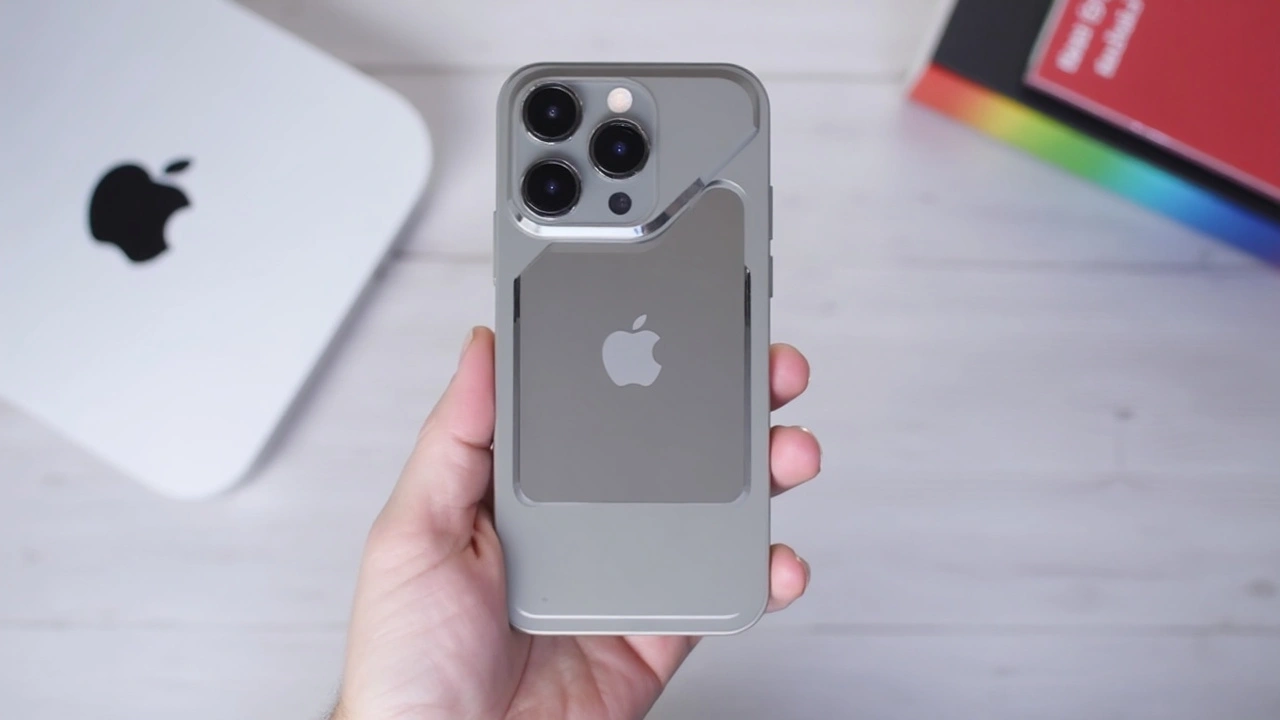- Manchester City vs Celtic Friendly Match: Live Score, Stream Info, and Viewing Guide Jul 25, 2024
- Italy Clinches 1-0 Victory Over Bosnia and Herzegovina in Euro 2024 Warm-up, Thanks to Davide Frattesi's Goal Jun 10, 2024
- Germany vs. Scotland: Predictions, Odds, and Betting Tips for Euro 2024 Opener Jun 14, 2024
- Vybz Kartel's Journey to Health Post-Prison: A New Chapter for the Dancehall Legend Aug 7, 2024
- Inter Milan's Chivu Tells Players to 'Enjoy Yourselves' in Club World Cup Opener Against Monterrey Jun 18, 2025
48MP Telephoto Lens: What It Really Does and When to Use It
A 48MP telephoto lens sounds like overkill, but it can change how you shoot long distances. If you want sharp crop-ready photos or cleaner digital zoom, a high megapixel telephoto gives you options that lower resolution lenses don’t. But megapixels are only part of the story; sensor size, optical zoom, and stabilization matter more than the raw pixel count. Here’s a quick guide to what 48MP telephoto actually offers and how to pick one that fits your needs.
How 48MP Telephoto Works
A 48MP telephoto uses a dense sensor to capture lots of detail at long focal lengths. That extra detail helps when you crop or apply heavy digital zoom because the image keeps more real detail instead of turning soft. Many phones combine pixel binning to boost low light performance, so the sensor can act like a 12MP camera with larger effective pixels when needed. But if the sensor is tiny, 48MP can mean noisy photos in low light despite the resolution. Optical zoom and a proper periscope design give true reach; without them you’re mostly relying on cropped shots and software tricks.
When to choose a 48MP telephoto
Pick it if you shoot sports, wildlife, or travel scenes where you want to crop later without losing detail. It also helps portraits at long reach when you want a tight face shot from a distance. Skip it if you mostly shoot in dim places or rely on fast autofocus; a well built lower megapixel telephoto with larger pixels can beat it in those conditions.
Shooting tips: use a tripod or gimbal at long reach, favor daylight, enable RAW if you want to edit, and turn on optical stabilization. For moving subjects, keep shutter speed high and lock focus before you crop heavily. Use the native 48MP mode sparingly; it can show more detail but also magnify lens and focus errors.
What to check before buying: optical zoom ratio, sensor size, aperture, OIS, RAW support, and whether the telephoto is a real periscope lens. A 48MP count looks great on paper, but match it with solid optics and stabilisation for reliable results. Compared to a 12MP telephoto with larger pixels, 48MP wins at crops and heavy zoom, while 12MP can win in low light and smoother autofocus.
In real life, software plays a big role — smart sharpening, noise reduction, and zoom algorithms change the result as much as hardware. If possible, test phones in bright and low light, shoot moving and still subjects, and inspect crops at 100 percent on a laptop. Final thought: a 48MP telephoto is a useful tool when paired with good optics, stabilization, and smart processing — not a magic fix for bad lenses.
Quick checklist before you buy: does the telephoto offer at least 3x optical or a periscope for real reach, is the sensor size reasonable (larger is better), does the phone keep details when you crop, and does it include OIS and RAW capture for editing. If all yes, you’ll get useful long-range shots.
iPhone 17 Pro: Apple Reinvents Its Flagship With Huge Camera and AI Upgrades for 2025
- Katlego Sean Mahaye
- May 28, 2025
Apple’s iPhone 17 Pro, coming September 2025, is packed with bold upgrades: a 48MP Telephoto camera, speedy A19 Pro chip, 12GB RAM, Wi-Fi 7, a sleeker display with metalens tech, and Apple’s own 5G modem. iOS 19 launches with the phone, but next-level AI features aren’t expected until 2026.
